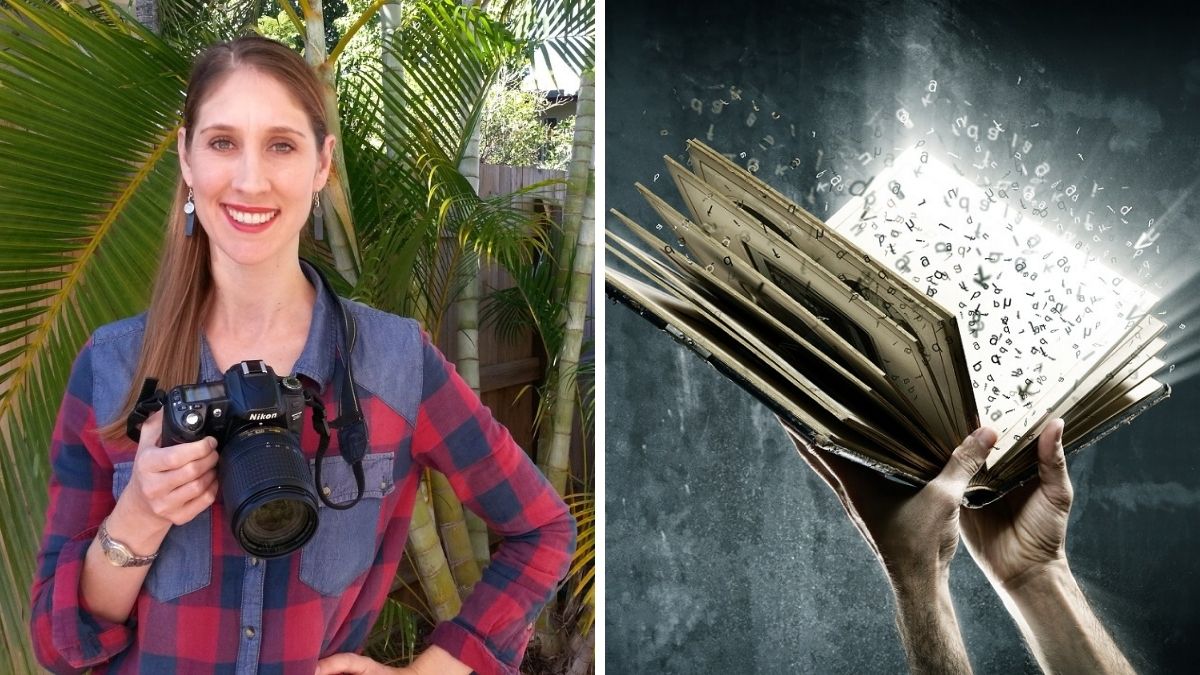
Amazing facts about creating memories and where is memory stored in the brain
First published 20 September, 2018: This article has been updated and improved.
How does memory work?
Certainly this is a question many ask as they sit down to write an autobiography, memoir, biography or other life-story project.
And it is a good query for many reasons.
Firstly, how can we talk or write about others, times and places if we have trouble remembering?
So in this article I’ve waded through scientific information to answer in plain English how does memory work.
Secondly, should we trust our memories when two people remember the same event differently?
How does memory work: What is memory?
In the Disney movie Inside Out, five characters in 11-year-old Riley’s mind work to keep her happy.
They help create, record and store her memories in glass orbs stacked on large shelves.
But over time, some orbs go blurry, fade and turn to dust.
While this is a creative idea the answer to how does memory work is very different!
Certainly memory helps us record, store and recall facts, feelings and experiences.
Indeed the English word memory reportedly comes from Latin words for ‘mindful’ and ‘remembering’.
However, there are two basic types of long-term memories, reports the Queensland Brain Institute.
The first is about key unconscious functions (implicit): how our body remembers to walk, talk, breathe, etc.
The second (explicit) is about facts and events we can consciously recall.
Related article – Genetic memory: Does your memoir include genetic memory examples?
Where is memory stored in the brain?
Interestingly the brain can be divided into many parts: surface, front, middle and back brain.
And learning more about these parts helps us understand how does memory work.
- Short-term memory: front brain (prefrontal cortex)
- Long-term memory for facts and events: surface and middle brain (hippocampus, the neocortex and the amygdala)
- Long-term memory for unconscious functions: middle and back brain (basal ganglia and cerebellum)
Most importantly, when you sleep, the middle brain (hippocampus) ‘talks’ or replays memories to the surface brain (neocortex) where they are stored.
Related article – Painful stories: How to write about sad memories and hard conversations
How does memory work?
Right in the centre of the brain is a tiny nub (the hippocampus), reports the National Institute of Neurological Disorders and Stroke.
And it is in charge of ‘filing’ all our memories as we make them.
Indeed the hippocampus sends memories to different halves of the brain for long-term storage.
However, it can also bring these long-term memories back when needed (a bit like a librarian retrieving you a book from a shelf).
Furthermore we know info for one memory is not necessarily stored in one spot.
Indeed it is dispersed like a web across the brain.
So when the brain is hurt, say in a car crash or by a stroke, some memory parts can survive.
And finally, know memory is the reactivation of a specific group of neurons (nerve cells).
Related article – Case study: Hang-glider star pens memoir The Phoenix Rising about traumatic brain injury and survival
Short-term memory
To understand how does memory work we can’t overlook short-term memory.
Short-term memory is carried out in the front of the brain.
And sometimes this can mean remembering things just for a few seconds using our ‘working memory’.
For example this might be remembering why you went to the fridge or the spelling of a web address to look up.
Related article – How to beat memoir writer’s block in 8 simple steps
Memory recall and loss
There are many reasons for memory loss including medical conditions.
However, for an average healthy person, it depends how often you ‘remember’ a memory.
So if you remember often the brain cells for a memory reactivate, fire together and get stronger.
And if you don’t remember the brain cells don’t fire together and a memory gets weaker and fades.
But new neurons can be made in the middle of the brain (hippocampus).
Of course this area is very active in our youth, however, activity reduces as we age.
Most importantly, on the topic of how does memory work, it is believed physical exercise can help create new neurons.
Related article – How to start writing: The ultimate guide about planning to write life stories
Final say: How does memory work
To conclude, there is no simple answer to how does memory work!
Indeed the brain is an amazing piece of engineering that grows and changes over time.
However, thanks to science we know: there are different types of memories (short and long term), they are recorded in many parts of the brain, and recalling memories involves reactivating connections between brain cells.
Certainly all this scientific talk has given my own brain an overload!
But take heart because accessing memories for your life story is really ‘all in your head’.
Happy writing!
Free gift!
Want help recalling memories to write about? Sign up for the free Structure Success video training to brainstorm key memories and make a rough chapter outline. Sign up here or fill in the form below.
Your say
What’s one of your earliest memories? I always love hearing from different people. Drop me an email or leave a reply in the comments section at the end of this article.
Get in touch
Got a question or an idea for a future article or about planning, writing, polishing or publishing a life story? You can let me know here!
Don’t miss an article
Sign up here or fill in the form below to get instant notifications when new material is published.
This article first appeared on the website Forever Young Autobiographies.com.

